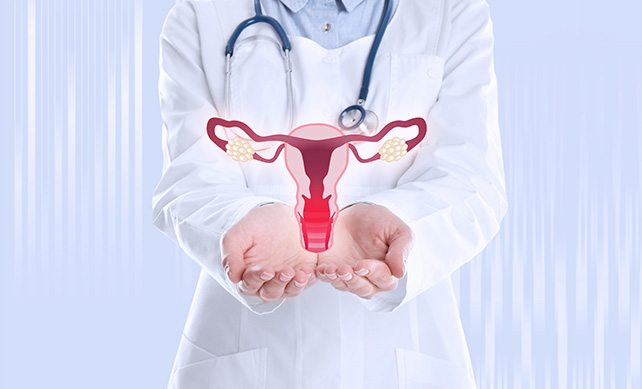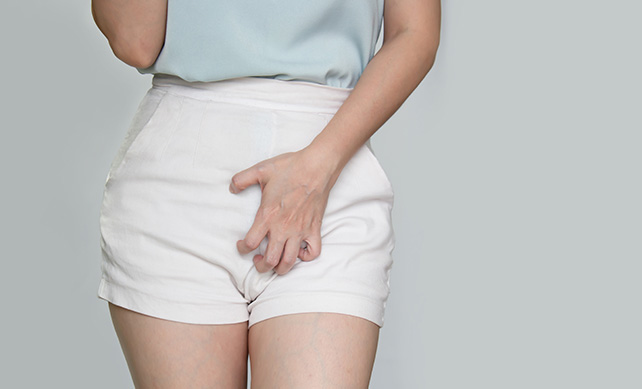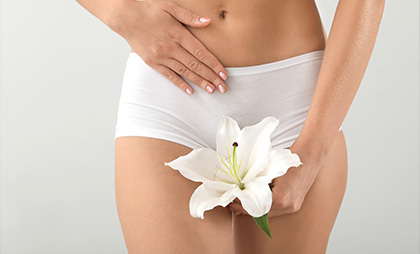Labiaplasty
What Is A Labiaplasty Surgery
Labiaplasty is a plastic surgery procedure. It focuses on reshaping or reducing the size of the labia minora, which are the inner lips of the vulva. Less commonly, it also focuses on the labia majora, which is the outer lips. The procedure is performed for various reasons, including functional concerns, cosmetic preferences, or a combination of both. Some common reasons for undergoing labiaplasty include:
- Discomfort: Women with enlarged or elongated labia minora may experience discomfort during physical activities, such as exercise, cycling, or sexual intercourse. They may also feel pain from friction caused by clothing.
- Hygiene: Enlarged or irregular labia can sometimes make it difficult to maintain proper hygiene, leading to irritation or infection.
- Cosmetic concerns: Some women may feel self-conscious about the appearance of their labia. Especially if they are asymmetrical, uneven, or protrude beyond the labia majora. Labiaplasty can help improve the overall aesthetic appearance of the vulva.
Labiaplasty Techniques
Several techniques are used for labiaplasty, each offering unique advantages and addressing specific concerns. The most common techniques are the ” trim ” and the “wedge” techniques.
- The trim technique (edge excision): In the trim procedure, the surgeon trims excess tissue on the labia along the edge of the labia minora. This method is straightforward and allows for the removal of any dark or irregularly pigmented tissue. However, the trim technique may result in a more visible scar on the tissue along the edge of the labia minora.
- Wedge technique (central V excision): The wedge technique involves removing a V-shaped or pie-shaped section of tissue from the labia minora. It is followed by suturing the remaining edges together.
This method maintains the natural edge and pigmentation of the labia minora while reducing its overall size. The wedge technique generally results in less visible scarring. However, it may not be suitable for all patients, particularly those with large or irregularly shaped labia.
It is essential to consult with a board-certified plastic surgeon or gynecologist experienced in labiaplasty. The consultation is important to discuss the surgical procedure, your goals, concerns, and expectations. The surgeon will evaluate your medical history, prescribed medications, anatomy, and the specific issues you wish to address. These steps should be completed before determining the most appropriate surgical approach for your case.
Everything is to assure you that you are in safe hands…
Labiaplasty Recovery Period
The recovery process following labiaplasty can vary depending on the surgical technique and the patient’s healing process. However, the general outline of what to expect during the post-op period is as follows:
- Initial recovery: During the first few days after surgery, patients may experience swelling, bruising, and mild discomfort in the treated area. Pain medication and cold compresses can help reduce swelling and alleviate other symptoms. It is recommended to wear loose, comfortable clothing to avoid putting pressure on the surgical site.
- Personal hygiene: Keeping the surgical area clean and dry is essential to prevent infection. Patients should gently cleanse the area with mild soap and water and pat it dry after bathing. They may be advised to apply a topical antibiotic ointment to the incisions, as their surgeon directs.
- Activity restrictions: Patients should avoid strenuous physical activities and heavy lifting for at least 2-4 weeks after surgery. Following the surgeon’s specific guidelines for when to resume exercise and other activities is essential.
- Sexual intercourse and tampon use: Patients are typically advised to abstain from sexual intercourse. Additionally, tampon use for at least 4-6 weeks after surgery to ensure proper healing. The exact timeline may vary depending on the patient’s healing process and the surgeon’s recommendations.
- Follow-up appointments: Patients will have follow-up appointments with their surgeons. It is to monitor the healing process and ensure a smooth recovery. Attending these appointments and communicating any concerns or questions with the surgeon is essential.
- Final results: Swelling and bruising should gradually subside over the first few weeks. The final results became apparent within a few months. The labia may continue to soften and settle into their new shape over an extended period.
Following your surgeon’s specific instructions and guidelines for recovery is essential to ensure the best possible outcome. Contact your surgeon immediately if you have any concerns or notice any signs of infection or complications during the recovery period.
FAQ
What is labiaplasty?
Labiaplasty is a surgical procedure that involves reshaping or reducing the size of the labia minora, which are the inner lips of the vulva.
How much does labiaplasty cost?
The cost of labiaplasty varies depending on several factors such as the surgeon’s experience, location, and the extent of the procedure. On average, it can range from $3,000 to $10,000 in the United States.
What is the purpose of a labiaplasty?
The purpose of a labiaplasty is to reshape or reduce the size of the labia minora to improve their appearance, reduce discomfort or pain during physical activities, or improve sexual function.
Why would someone get a labiaplasty?
Someone may choose to get a labiaplasty for various reasons such as asymmetry or irregularity of the labia minora, discomfort or pain during physical activities, or self-consciousness or embarrassment about the appearance of the labia.
How long does labiaplasty take to heal?
The healing time after labiaplasty can vary depending on several factors such as the extent of the procedure and the patient’s overall health. On average, it can take 2-4 weeks for the initial recovery and several months for the final results to fully manifest.
What is the labiaplasty procedure?
The labiaplasty procedure involves making small incisions on the labia minora and removing or reshaping the excess tissue using various surgical techniques such as trimming, wedge resection, or de-epithelialization. The incisions are then closed with sutures or tissue glue.




BLOG & NEWS
BLOG
Which Breast Augmentation Implant Is the Best?
see all

NEWS
TURKEYANA REDEFINING THE CONCEPT OF BEAUTY
see all





































